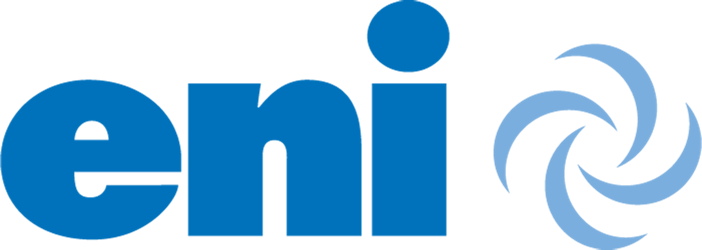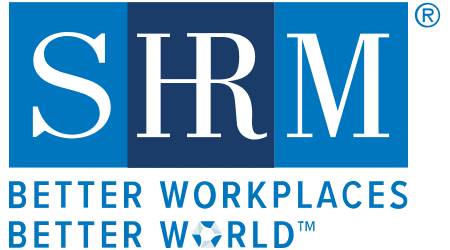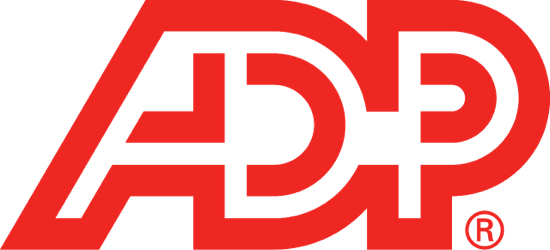Your total retirement solution.
Discover the Transamerica Edge in Retirement Planning
Streamline your Retirement Planning.
At Simco, we offer PEPs (Pooled Employer Plans), a retirement solution created by the SECURE Act in 2020. PEPs expand access to retirement plans for all workers by allowing employers from unrelated industries to join a pooled plan arrangement. By adopting PEPs, businesses can enjoy benefits such as increased administrative efficiencies, reduced fiduciary risk, and the potential for significant cost savings.
Ready to redefine your retirement planning strategy?
A Team Dedicated to Your Success
PEPs are orchestrated by a cadre of professional service firms, each bearing distinct fiduciary and administrative roles. Their allegiance is to uphold the highest standards of prudence, integrity, and undivided loyalty towards the retirement plan participants. The ensemble includes the Pooled Plan Provider (PPP), Plan Administrator 3(16), Recordkeeper, Financial Advisor, Third Party Administrator (TPA), Investment Manager 3(38), and Auditor. Each plays a pivotal role, ensuring the plan stays compliant, efficient, and beneficial to all stakeholders.
How Pooled Employer Plans Work
PEPs operate under the stewardship of a pooled plan provider (PPP), who takes on the mantle of plan administrator and fiduciary. When employers, referred to as "adopting employers", elect to join the PEP, they step into a defined contribution (DC) plan framework. This system facilitates seamless integration of adopting employers at any juncture, all under the meticulous tracking on the Transamerica platform.
Benefits of Pooled Employer Plans
The prowess of a pooled plan provider (PPP) in managing administrative and fiduciary tasks allows adopting employers to pivot their focus on burgeoning their business and catering to their employees' needs. Here's a glimpse into the myriad benefits adopting employers reap:
- Administrative ease with PPP and 3(16) plan administrator steering most daily operations.
- Diminished liability courtesy of professional plan administrators' fiduciary support.
- Retention of customized plan features.
- Guidance in investment selections and performance oversight.
- Access to participant communications and plan support.
- Time and potential cost savings compared to managing a standalone employer plan.
Tailoring Your Plan
With PEPs, flexibility meets functionality. The design of the plan is adaptable, catering to specialized record-keeping needs specific to each organization. This approach bolsters negotiating power while consolidating Form 5500 filings and potential audit requirements under the PPP, creating a streamlined administrative pathway.
Transamerica: Your Trusted Partner in Pooled Plans
With a rich legacy of over 85 years in retirement planning, Transamerica stands as a beacon of trust and innovation in the realm of pooled plan solutions. Our platform delivers a suite of administration reports, individual adopting-employer level plan reporting, flexible provisions, eligibility tracking, and unfettered online access for each adopting employer.
Enhancing Participant Engagement
At the heart of Transamerica's PEPs is a relentless commitment to driving brighter outcomes for participants. Our engagement program spans from enrollment to retirement, arming participants with personalized communications, digital tools, educational resources, and professional support. The Financial Wellness Center, Your Retirement Outlook®, and our user-friendly participant website and mobile app are all tailored to propel participants towards a secure and prosperous retirement.
Secure a future where both employers and employees thrive.
Retirement Planning, Simplified
Sign up for our newsletter.
Why should you work with us?
Learn more about us.
Simco understands the frustrations businesses face having less time and more responsibilities. We are here to help! Each business has unique needs and we tailor our services to help you run more efficiently and effectively as your Total Human Resources Partner.
What sets us apart? Simplicity. Our customers receive one knowledgeable main point of contact, their Business Partner, who is backed by a team of highly qualified specialists. Simco will keep you compliant, proactively keep you informed, and provide services that will elevate your business to the next level. Our ability to collaborate through our verticals of Human Resources, Payroll, Commercial Insurance and Benefits for your company, just with one phone call, is all it takes to ease your mind and allow you to focus more on running your business.
Ready to save time? Have a question?
We have a lot to say about Retirement
Recent Blog Posts.



Our Services.
From the Blog.


Our Company.
Sign up for our Newsletter.
Designed and Developed by Vessel Digital Marketing







